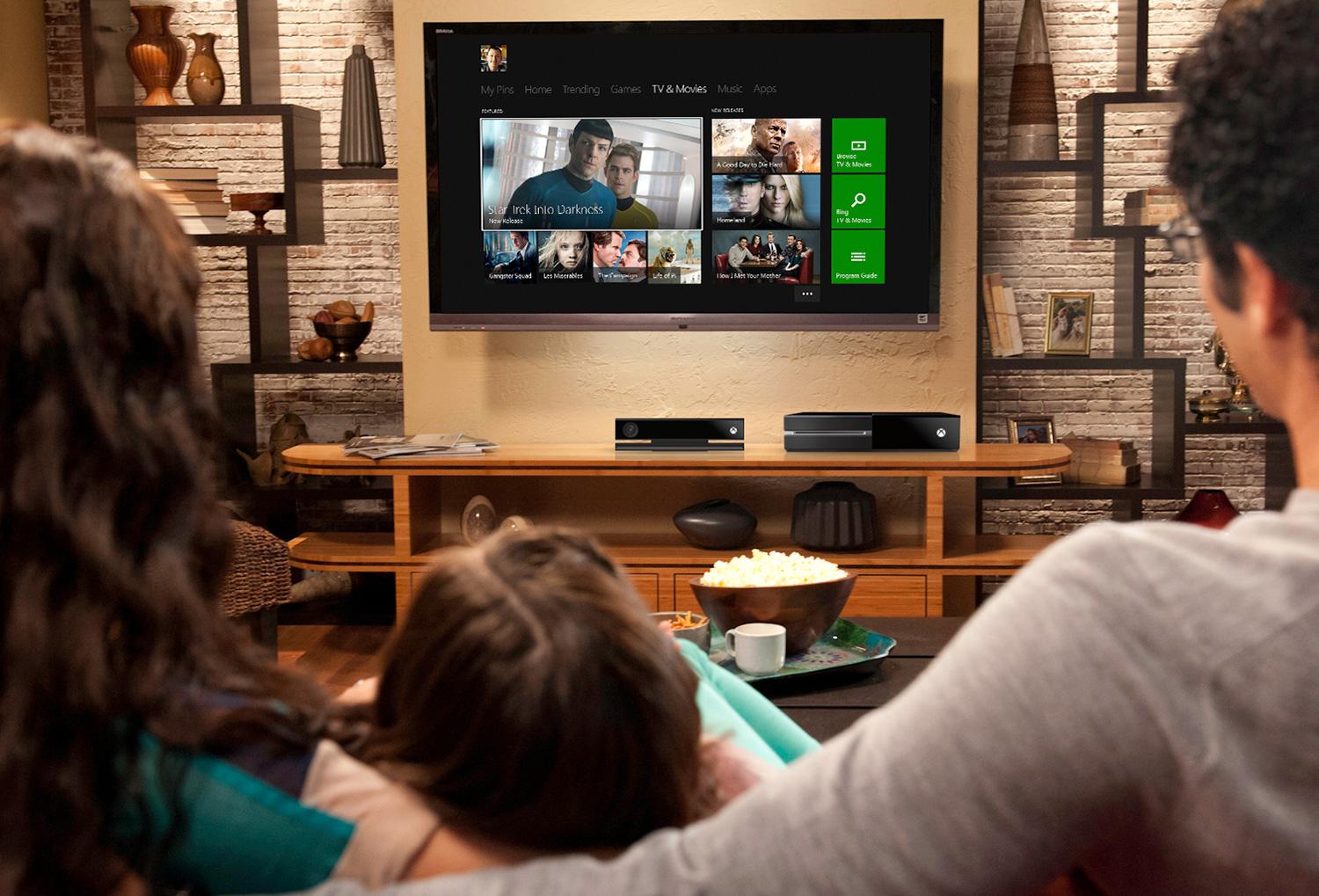Mark J Miller of BrandChannel wrote an article called “Sony May Reap the Benefits of Microsoft’s Broad Xbox One Intentions,” which highlighted the rivalry within the console video game market between Sony and Microsoft that has been established over the last decade. While Nintendo and its Wii has taken a different value proposition and target consumer segment, the Xbox and PlayStation has still gone head to head with their newest products announced in the 2013 E3 Conference.

Miller points out a valid point about how the PS4 has seemingly been established as the market leader in an intensive market. As XBOX has recently been marketed as a home-entertainment console encompassing the entire living room experience, the PS4 has stuck to its heavy focus on gaming.

I believe that PS4 has already made itself the front runner because of this; buyers want the product for its games, there are more efficient products on the market such as Smart TVs for entertainment nowadays. Sony has priced the PS4 strategically cheaper than the Xbox One, which was not the case a few years back when the Xbox 360 had established higher value and popularity than the substantially higher-priced PS3. In addition, they were able to successfully run logistics and distribution one week ahead of the Xbox’s release date and henceforth took the news with their first mover advantage coming out of the first 24 hours with over 1 million consoles sold. Furthermore, Sony’s prime product has been able to maintain its limelight moments due to their better analysis of their consumers’ desires from their product and its intangible features. The Xbox removed backwards compatibility from its system and also initiated a new method of prevent game sharing or using a single game on multiple consoles, which was taken extremely poorly by the general audience when the PS4 had upgraded its PSNetwork features and overall smoothness of its interface and gameplay.

